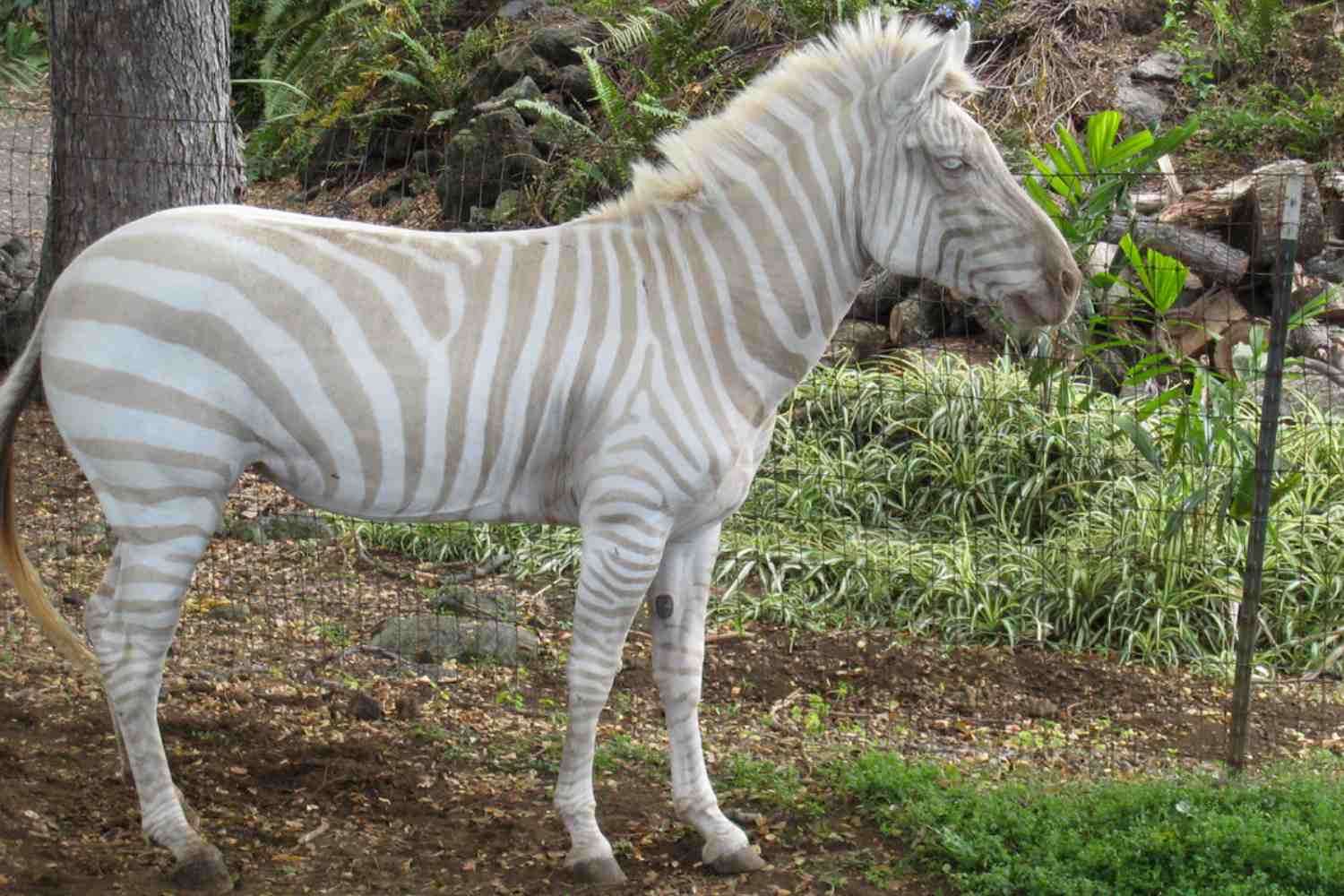Albino zebras have a white-golden coat due to partial albinism: there are only very few specimens in Africa and they are at risk because they are less vulnerable and subject to poaching and habitat loss

@John Schroedel/Wikipedia
Within the vast African fauna, zebras are among the most recognized animals, distinguished by their distinctive black-and-white striped coats. However, every now and then, nature makes an extraordinary exception: albino zebras. Such exceptional animals, with their distinctive golden-white coats, are the result of a genetic condition known as partial albinism.
Albino zebras are extremely rare and have been noted in only a few locations in Kenya and Tanzania. Unlike total albinism, which is a complete lack of melanin, partial albinism allows for somewhat lighter coloring than the normal dark stripes of regular zebras. This renders them extremely fascinating to look at but also more vulnerable to danger.
They are more vulnerable
A major advantage of the traditional zebra stripe is camouflage to dazzle predators in the savannah. The lighter-colored albino zebras do not receive the same protective advantage and are more conspicuous for lions, leopards, and other natural predators to spot. This increased vulnerability to predators is partly why they are so uncommon in nature.
Besides, their light color subjects them to the intense African sun, and they are more susceptible to skin issues. Nonetheless, there are albino zebras that survive through the protection of the herd and because they adapt.
The role of conservation
Having extremely few documented sightings, albino zebras are among the most fascinating anomalies of African wildlife. However, habitat loss and poaching are other threats to their survival.
It is for this reason that animal conservation organizations are working towards preserving these incredible creatures by monitoring their habitats and raising awareness about the need to maintain biodiversity. It is only through joint efforts that we can ensure that these fantastic animals will remain on the plains of Africa for generations to come.
